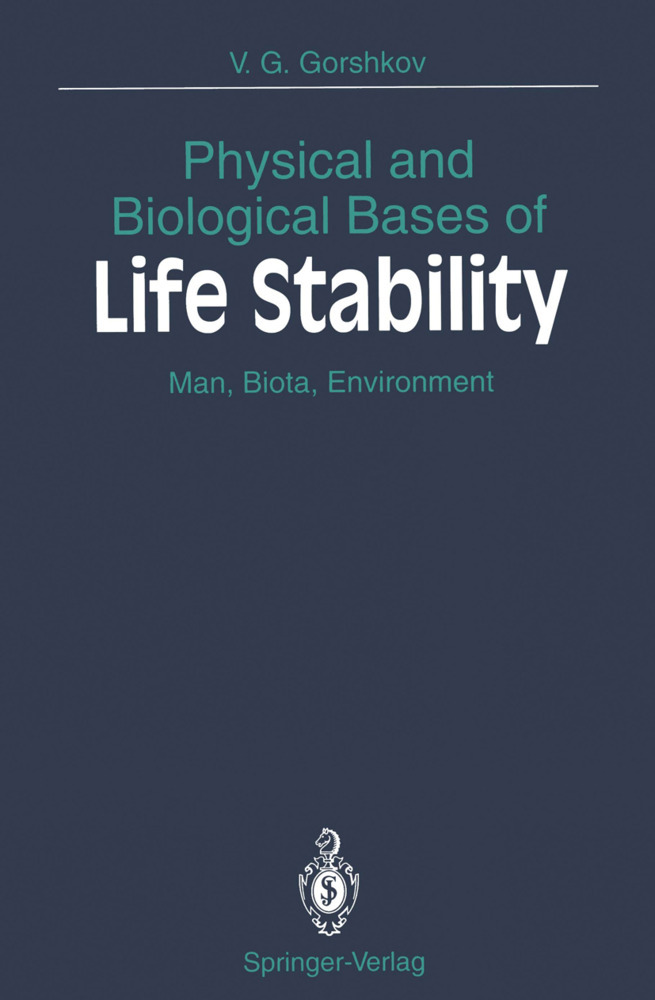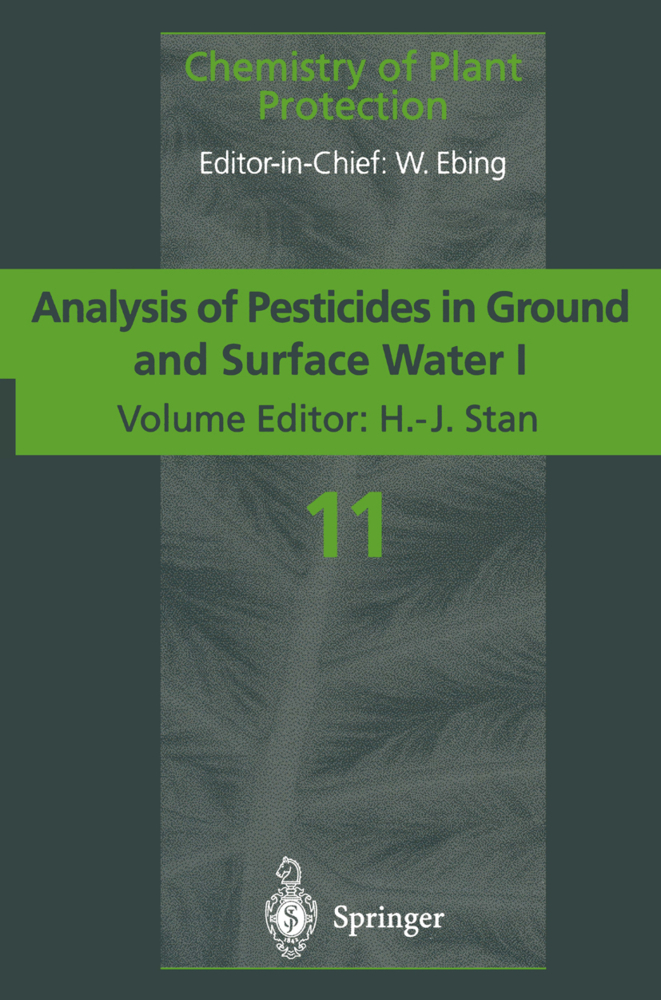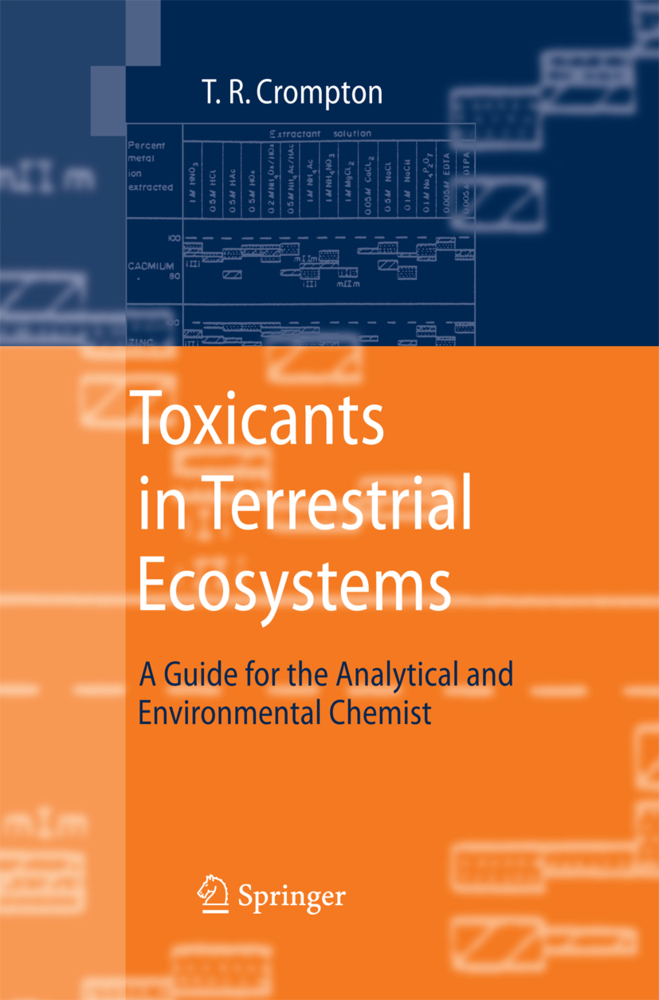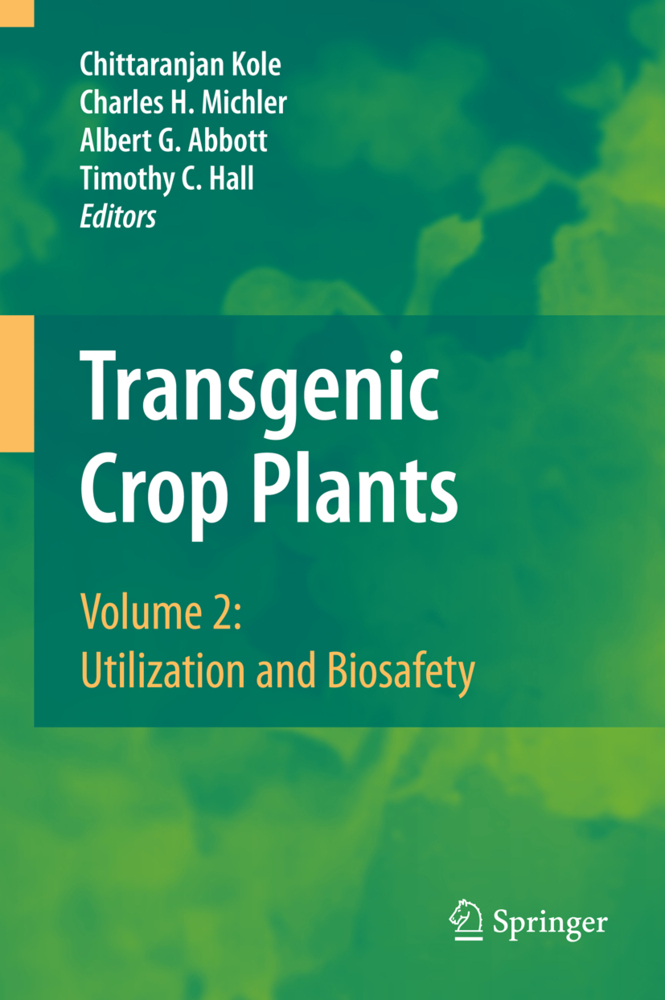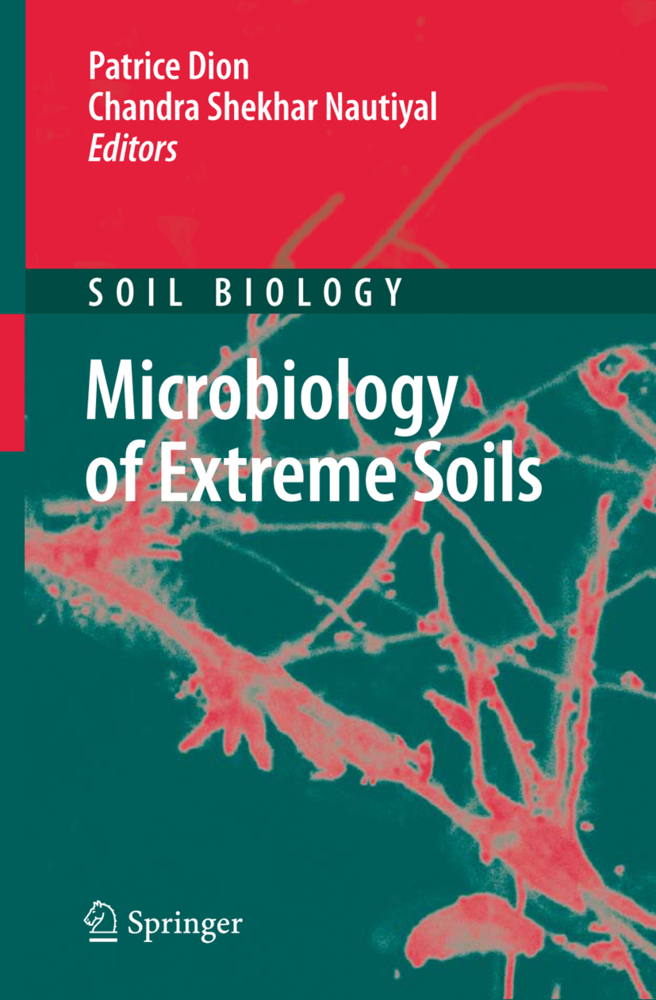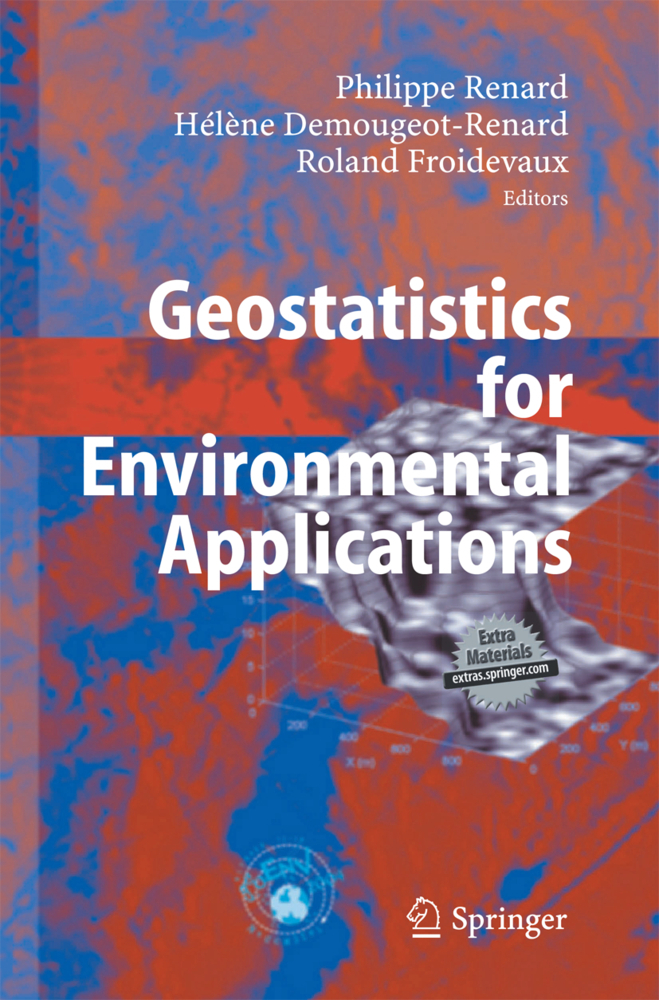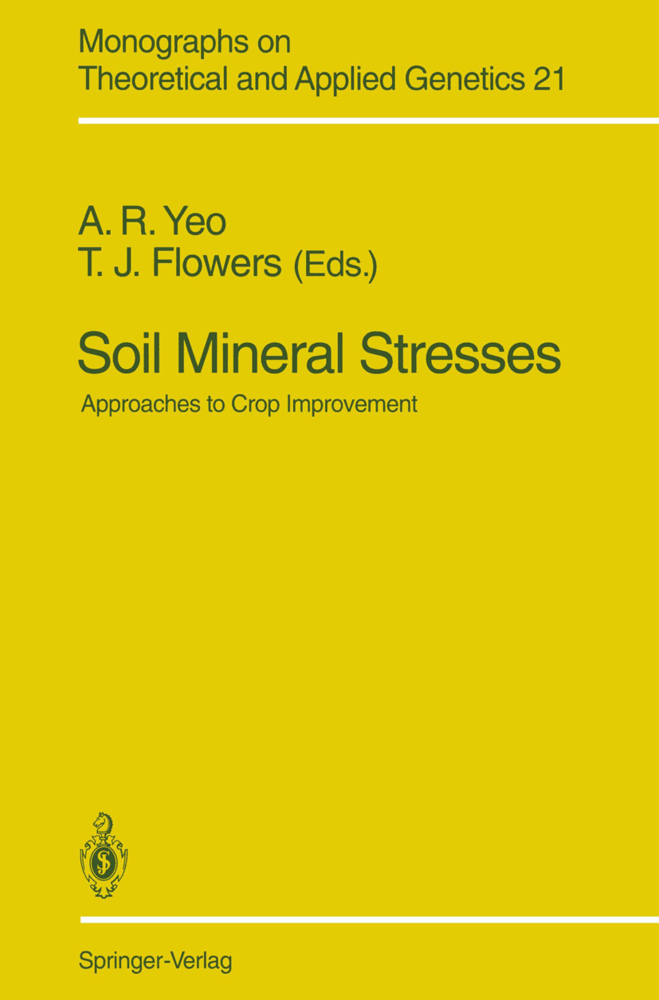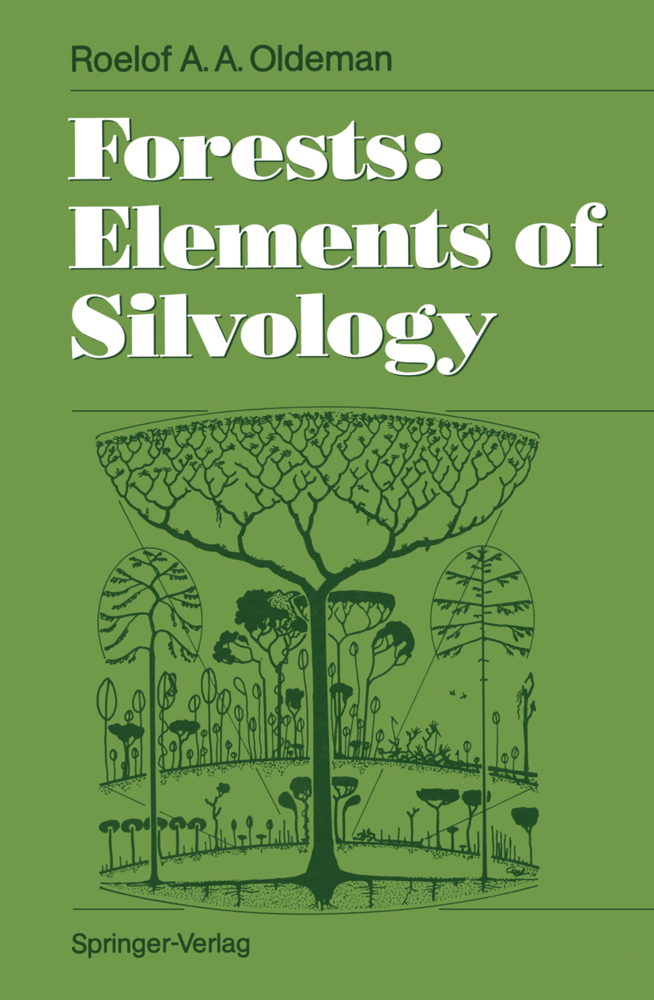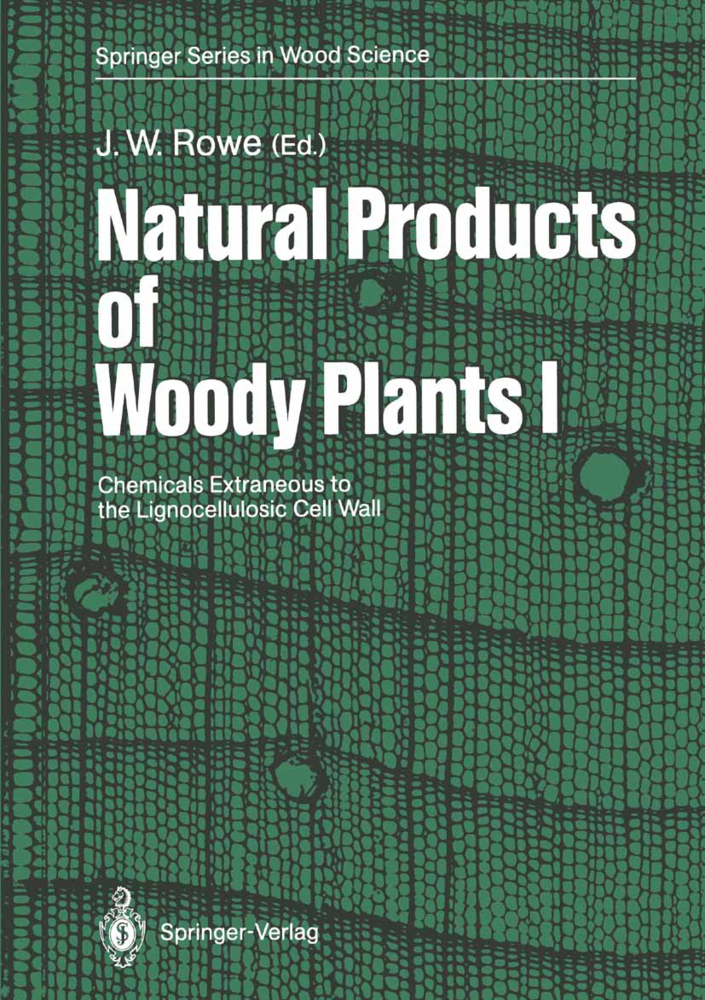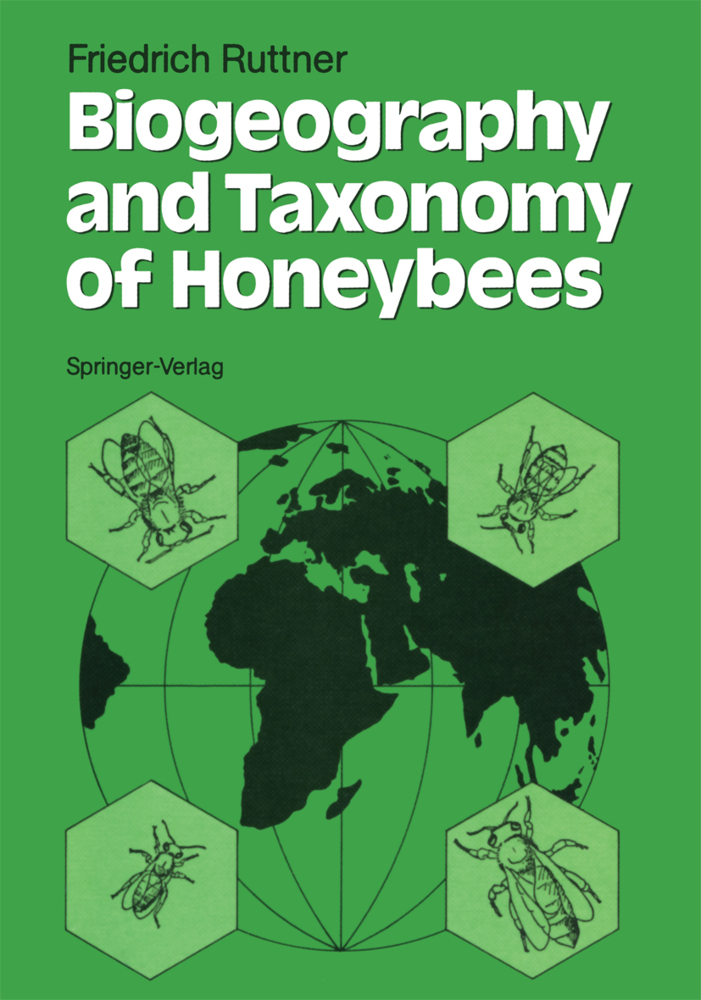Physical and Biological Bases of Life Stability
Man, Biota, Environment
Physical and Biological Bases of Life Stability
Man, Biota, Environment
It is well known that the biochemical processes of life on Earth are maintained by the external solar radiation and can be reduced to the synthesis and decomposition of organic matter. Man has added the synthesis and decomposition of various in dustrial products to these natural processes. On one hand, biological synthesis may only be conducted within the rather narrow margins of parameters of the environ ment, including temperature, humidity, concentrations of the inorganic substances used by life (such as carbon dioxide, oxygen, etc.) On the other hand, the physical and chemical composition of the environment suffers significant changes during those processes of synthesis and decomposition. The maximum possible rate of such change due to the activity of living beings can exceed the average geophysical rates of change of the environment due to activity ofterrestrial depths and cosmic processes by a factor often thousand. In the absence of a rigid correlation between the biological synthesis and decomposition, the environment would be greatly disturbed within a decade and driven into a state unfit for life. A lifeless Earth, however would suffer similar changes only after about a hundred thousand years. Preservation of the existing state of the environment is only possible with strict equality between the rates of biological synthesis and decomposition, that is, when the biochemical cycles of matter are virtually closed.
1.2 Biological Regulation of the Environment
1.3 Means of Biological Regulation of the Environment
1.4 The Action of the Le Chatelier Principle in the Biosphere
1.5 Violations of the Le Chatelier Principle in the Contemporary Biosphere
1.6 Biosphere as a "Free Market"
1.7 Biospheric Communities
1.8 Evolution Rates
1.9 Progress
1.10 Conservation of the Biosphere
1.11 A Transition to the Noosphere?
2. Solar Energy and Ordered Processes in Inanimate Nature
2.1 Decay of Ordered States
2.2 Solar Energy
2.3 The Physical States of Dynamic Equilibrium
2.4 The Stability of Physical States
2.5 Physical Self-Organization
2.6 The Measurable Variables: Dimensions and Mutual Correlations
2.7 Thermal Stability of Climate
2.8 Correlation Distances and Information
3. Stability of Life Organization
3.1 Biological Stability
3.2 Differences Between Biological and Physical Stability
3.3 The Quantum Nature of Life
3.4 The Nature of Genome Decay
3.5 Population: a Stationary State
3.6 Normal Genotypes and the Normal Genome
3.7 Neutral Mutations
3.8 Normal, Decay, and Adaptive Polymorphism in a Population
3.9 Stability of the Biological Species
3.10 Genetic Recombinations
3.11 Sexual Dimorphism and Regulation of Birth Rate of Decay Individuals
3.12 Diploid and Polyploid Genomes
3.13 Heterozygosity
3.14 Stability of the Diploid Genome
3.15 The Evolution of Species
3.16 Evolution of Prokaryotes and Eukaryotes
3.17 The Rate of Evolution
3.18 Is There Extraterrestrial Life in the Universe?
3.19 Biological Stability and Neo-Darwinism
4. Stability of the Biosphere's Organization
4.1 Limitations to Expansion and Evolution of Species
4.2 Closed Matter Cycles in theBiosphere
4.3 Biological Cycles
4.4 The Le Chatelier Principle in Natural Biota
4.5 Biospheric Communities
4.6 Biological Regulation of Matter Cycles
4.7 Biological Stability and Limiting Nutrients
4.8 Productivity and Immigration in the Community
4.9 The Biological Pump of Atmospheric Carbon
4.10 Atmospheric Concentration of CO2 and New Production by the Ocean
4.11 Changing Production of Dissolved Organic Matter in the Ocean
4.12 Changes in the Global Cycle of Carbon
4.13 The Water Cycle
4.14 Competitively Interacting Communities and the Gaia Hypothesis
5. The Energetics of Biota
5.1 Metabolic Power of the Individual
5.2 Body Size Limits
5.3 Energetics and Body Size of Photosynthesizing Plants
5.4 Fluctuations in Synthesis and Destruction of Organic Matter
5.5 Immotile and Locomotive Organisms
5.6 Distribution of Consumption by Heterotrophs According to Their Body Size
5.7 Daily Average Travelling Distance
5.8 The Maximum Speed of Movement for Animals
5.9 Maximum Permissible Share of Biomass Consumed by Mobile Animals
5.10 Settled and Nomadic Lifestyles for Locomotive Animals
5.11 Carnivores
5.12 Diffusion of Excreta
5.13 Detailed Distribution of Destructiveness with Body Size
5.14 Brief Conclusions
6. The Ecology of Man
6.1 Behavioral Strategy of Mobile Animals
6.2 Herd Animals
6.3 Territorial Animals
6.4 Genetic and Cultural Heritage
6.5 The Ecological Niches of Man
6.6 Climatological, Biological, and Ecological Limits of Energy Consumption by Man
6.7 Science and Religion
7. Conclusion
Appendix A Details of Calculations in Sect. 4.11
Appendix B Details of Calculations in Sect. 4.12
Appendix C Details of Calculations of the Results in Fig. 6.2
Appendix D List of Frequently Used Symbols.
1. Ecological Stability
1.1 Introduction1.2 Biological Regulation of the Environment
1.3 Means of Biological Regulation of the Environment
1.4 The Action of the Le Chatelier Principle in the Biosphere
1.5 Violations of the Le Chatelier Principle in the Contemporary Biosphere
1.6 Biosphere as a "Free Market"
1.7 Biospheric Communities
1.8 Evolution Rates
1.9 Progress
1.10 Conservation of the Biosphere
1.11 A Transition to the Noosphere?
2. Solar Energy and Ordered Processes in Inanimate Nature
2.1 Decay of Ordered States
2.2 Solar Energy
2.3 The Physical States of Dynamic Equilibrium
2.4 The Stability of Physical States
2.5 Physical Self-Organization
2.6 The Measurable Variables: Dimensions and Mutual Correlations
2.7 Thermal Stability of Climate
2.8 Correlation Distances and Information
3. Stability of Life Organization
3.1 Biological Stability
3.2 Differences Between Biological and Physical Stability
3.3 The Quantum Nature of Life
3.4 The Nature of Genome Decay
3.5 Population: a Stationary State
3.6 Normal Genotypes and the Normal Genome
3.7 Neutral Mutations
3.8 Normal, Decay, and Adaptive Polymorphism in a Population
3.9 Stability of the Biological Species
3.10 Genetic Recombinations
3.11 Sexual Dimorphism and Regulation of Birth Rate of Decay Individuals
3.12 Diploid and Polyploid Genomes
3.13 Heterozygosity
3.14 Stability of the Diploid Genome
3.15 The Evolution of Species
3.16 Evolution of Prokaryotes and Eukaryotes
3.17 The Rate of Evolution
3.18 Is There Extraterrestrial Life in the Universe?
3.19 Biological Stability and Neo-Darwinism
4. Stability of the Biosphere's Organization
4.1 Limitations to Expansion and Evolution of Species
4.2 Closed Matter Cycles in theBiosphere
4.3 Biological Cycles
4.4 The Le Chatelier Principle in Natural Biota
4.5 Biospheric Communities
4.6 Biological Regulation of Matter Cycles
4.7 Biological Stability and Limiting Nutrients
4.8 Productivity and Immigration in the Community
4.9 The Biological Pump of Atmospheric Carbon
4.10 Atmospheric Concentration of CO2 and New Production by the Ocean
4.11 Changing Production of Dissolved Organic Matter in the Ocean
4.12 Changes in the Global Cycle of Carbon
4.13 The Water Cycle
4.14 Competitively Interacting Communities and the Gaia Hypothesis
5. The Energetics of Biota
5.1 Metabolic Power of the Individual
5.2 Body Size Limits
5.3 Energetics and Body Size of Photosynthesizing Plants
5.4 Fluctuations in Synthesis and Destruction of Organic Matter
5.5 Immotile and Locomotive Organisms
5.6 Distribution of Consumption by Heterotrophs According to Their Body Size
5.7 Daily Average Travelling Distance
5.8 The Maximum Speed of Movement for Animals
5.9 Maximum Permissible Share of Biomass Consumed by Mobile Animals
5.10 Settled and Nomadic Lifestyles for Locomotive Animals
5.11 Carnivores
5.12 Diffusion of Excreta
5.13 Detailed Distribution of Destructiveness with Body Size
5.14 Brief Conclusions
6. The Ecology of Man
6.1 Behavioral Strategy of Mobile Animals
6.2 Herd Animals
6.3 Territorial Animals
6.4 Genetic and Cultural Heritage
6.5 The Ecological Niches of Man
6.6 Climatological, Biological, and Ecological Limits of Energy Consumption by Man
6.7 Science and Religion
7. Conclusion
Appendix A Details of Calculations in Sect. 4.11
Appendix B Details of Calculations in Sect. 4.12
Appendix C Details of Calculations of the Results in Fig. 6.2
Appendix D List of Frequently Used Symbols.
Gorshkov, Victor G.
| ISBN | 978-3-642-85003-5 |
|---|---|
| Medientyp | Buch |
| Auflage | Softcover reprint of the original 1st ed. 1995 |
| Copyrightjahr | 2011 |
| Verlag | Springer, Berlin |
| Umfang | XI, 340 Seiten |
| Sprache | Englisch |

